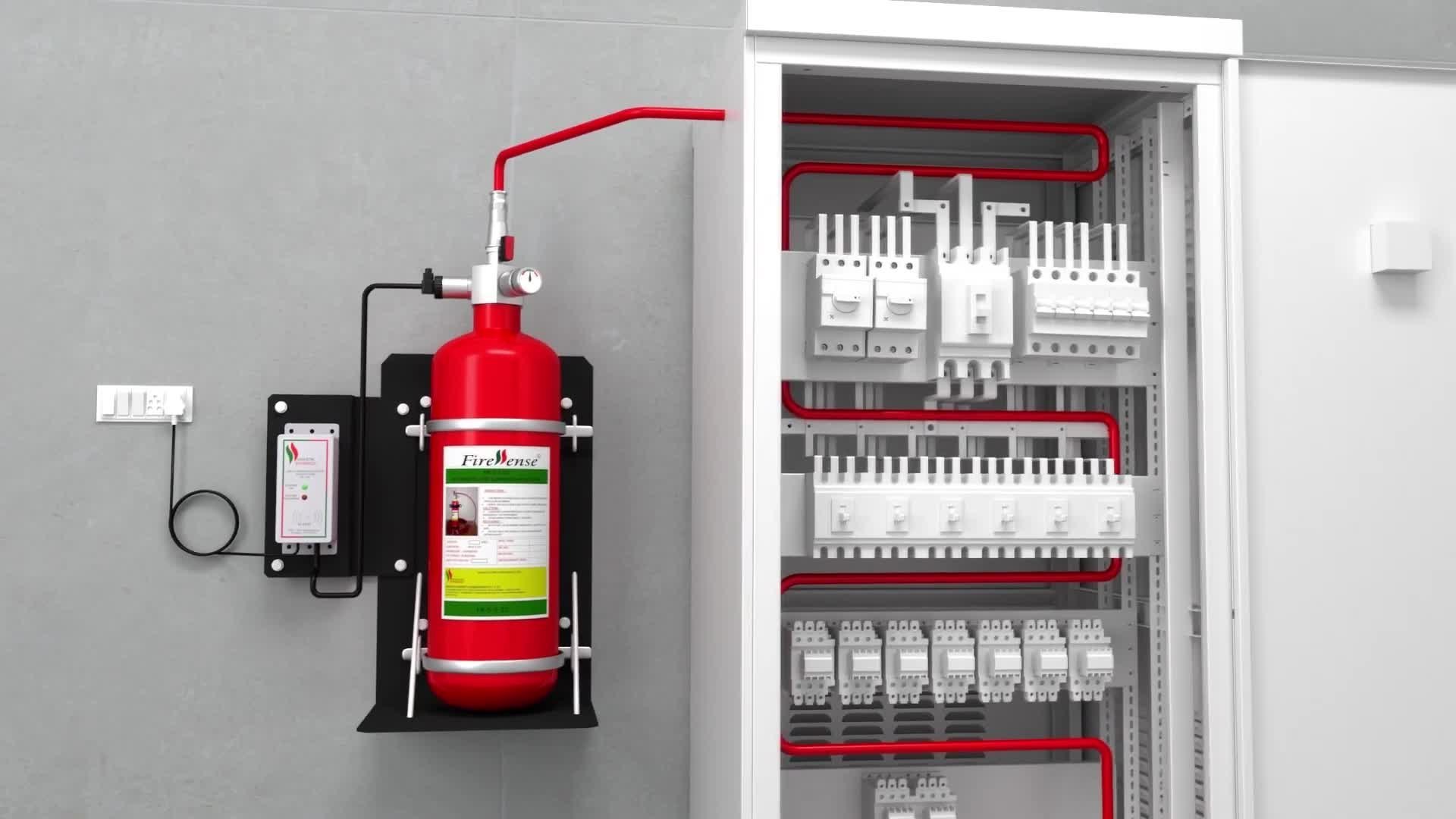
🔥 Tips for Fire-Safe Interior Design
When planning an interior space, it’s easy to focus only on style and comfort. But fire safety should always be part of the design process. By making smart choices in materials, layout, and equipment, you can reduce fire risks without sacrificing aesthetics. Here are some essential tips to help create interiors that are not just beautiful but also safe.
1. Use Fire-Resistant Materials
Start by selecting materials that are designed to slow down the spread of fire. These include:
-
Fire-rated gypsum boards for walls and ceilings
-
Treated wood that resists ignition
-
Upholstery fabrics that meet safety standards
-
Wool or treated carpets and curtains
These materials can help contain a fire and give more time for evacuation.
2. Design Clear and Accessible Exits
Ensure there are open pathways leading to doors and windows. Avoid placing heavy furniture in areas that could block escape routes. In case of an emergency, every second matters — a clear path can make all the difference.
3. Include Fire Detection Devices
Install smoke detectors in key areas like bedrooms, kitchens, and hallways. Also, consider placing a fire extinguisher in accessible spots, especially near the kitchen or electrical panels. Where possible, integrate sprinklers subtly into the ceiling design.
4. Plan Electrical Layout Carefully
Poor wiring is one of the most common causes of indoor fires. Always hire qualified electricians and ensure that all wiring follows current safety codes. Avoid overloading sockets and keep wiring hidden but accessible for inspection.
5. Choose Décor Wisely
Be mindful with decorations — avoid excessive use of flammable items like dried plants, paper lanterns, or untreated wood paneling. If you like these elements, look for fire-retardant versions that provide the same look with better safety.
6. Proper Ventilation
Good airflow can help reduce the risk of overheating in appliances and prevent the buildup of flammable gases. Include vents in kitchens, storage areas, and enclosed spaces.
7. Educate and Maintain
Even with a fire-safe design, maintenance is important. Test smoke alarms regularly, inspect fire extinguishers, and ensure that nothing blocks your exits. Educate everyone in the home or workspace on what to do in case of fire.
✅ Final Tip:
Combining style and safety is not only possible — it’s necessary. When safety is considered from the beginning, you create an interior that not only looks great but also protects the people inside

No responses yet